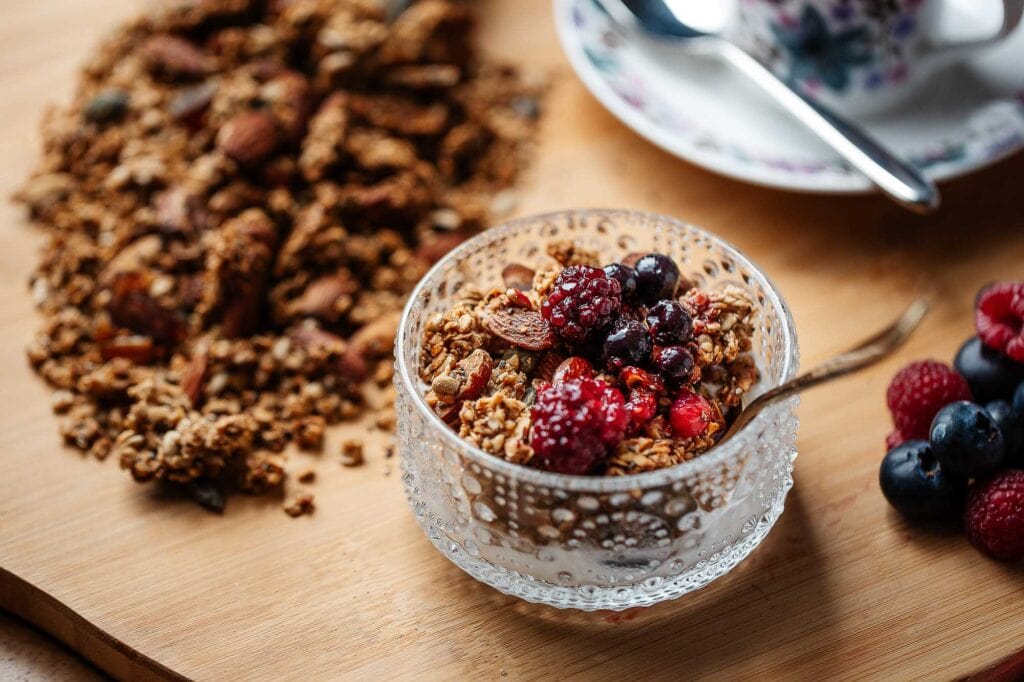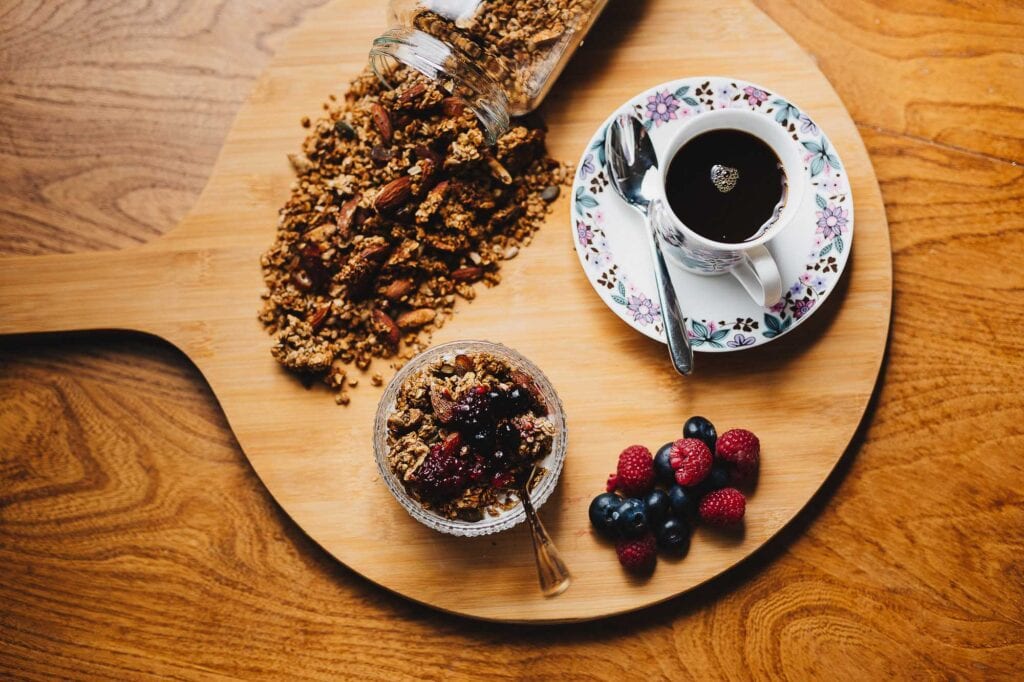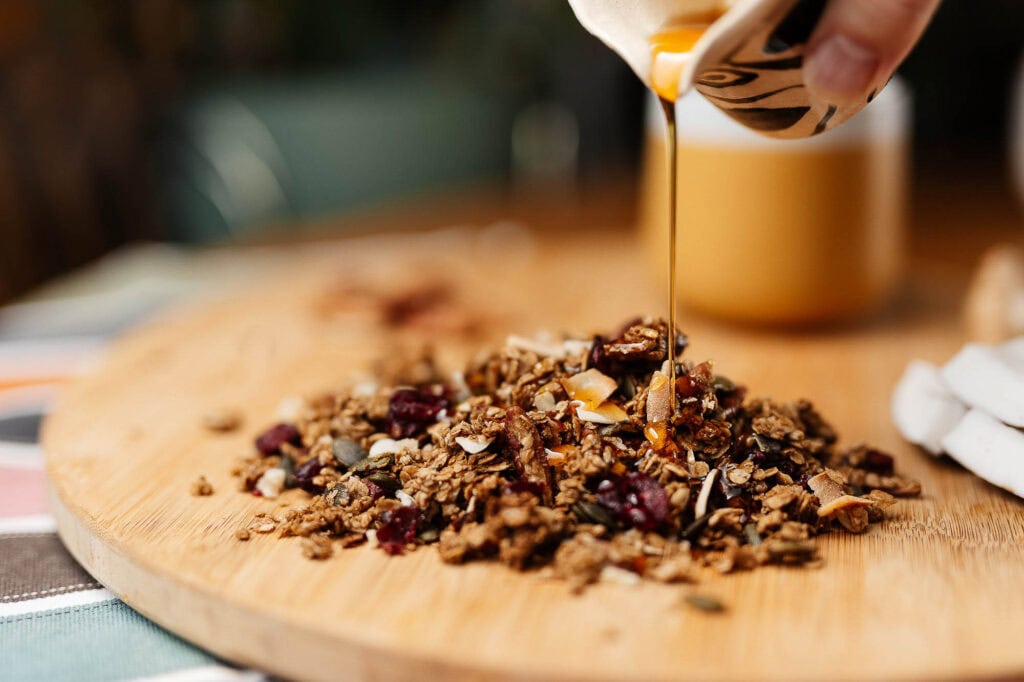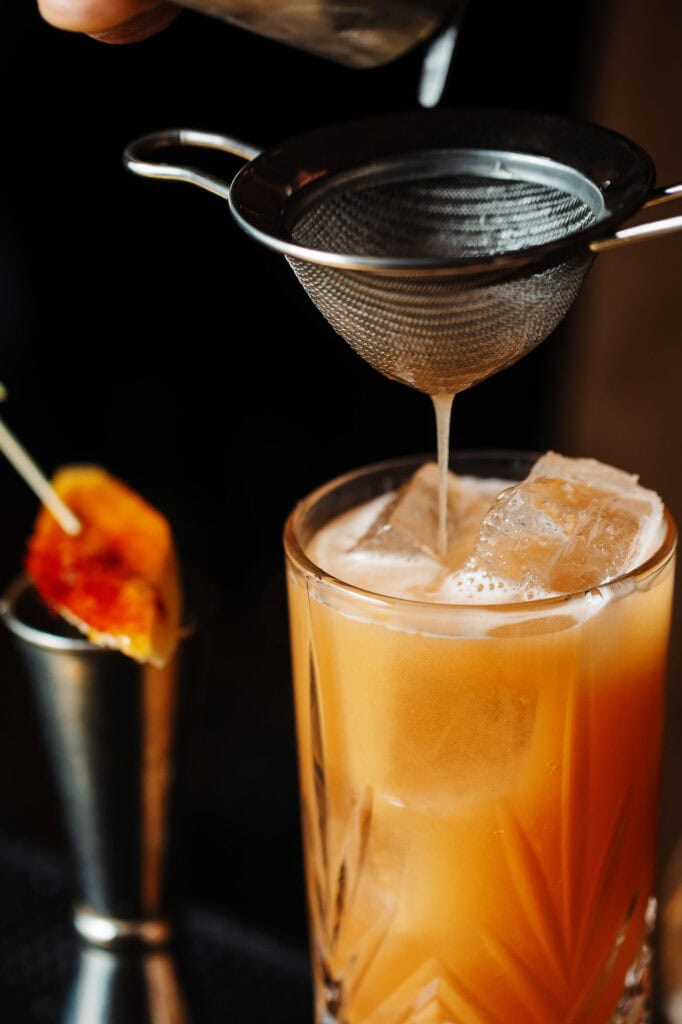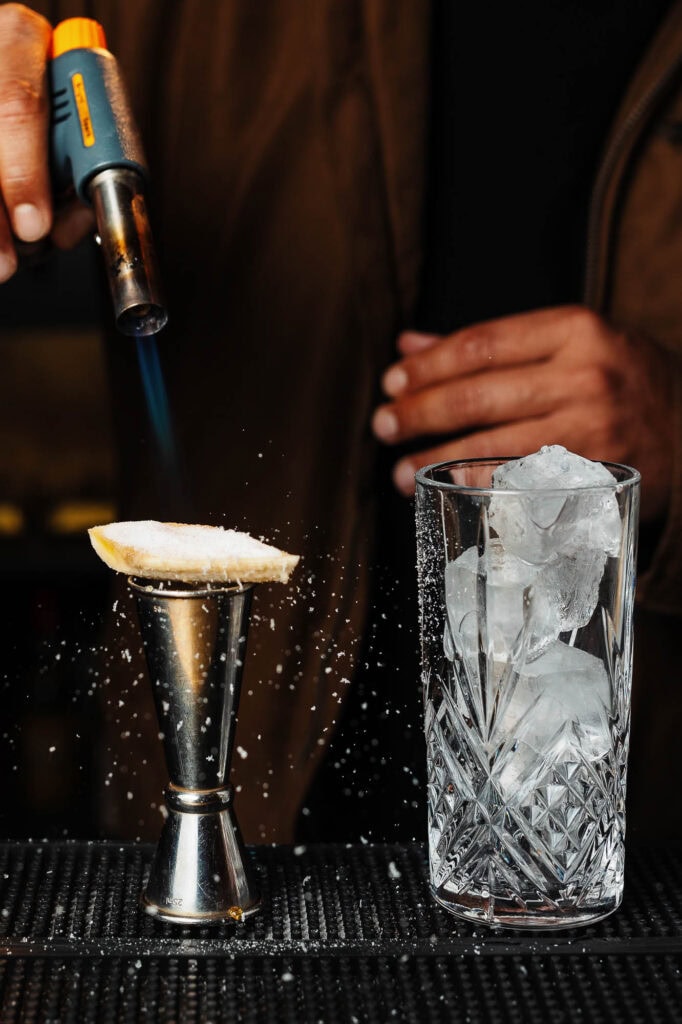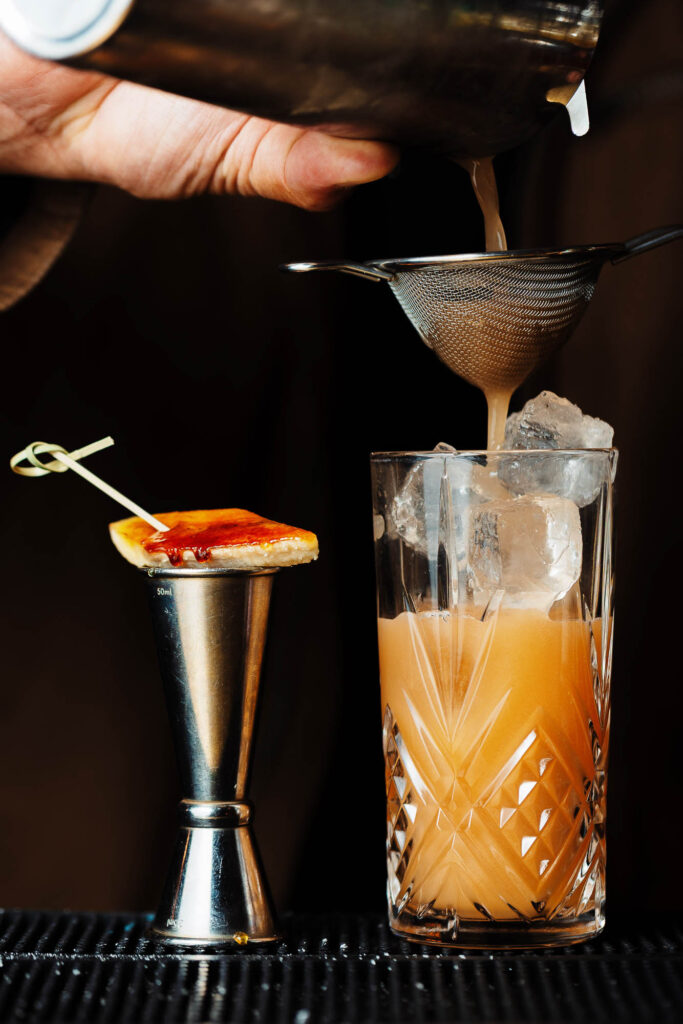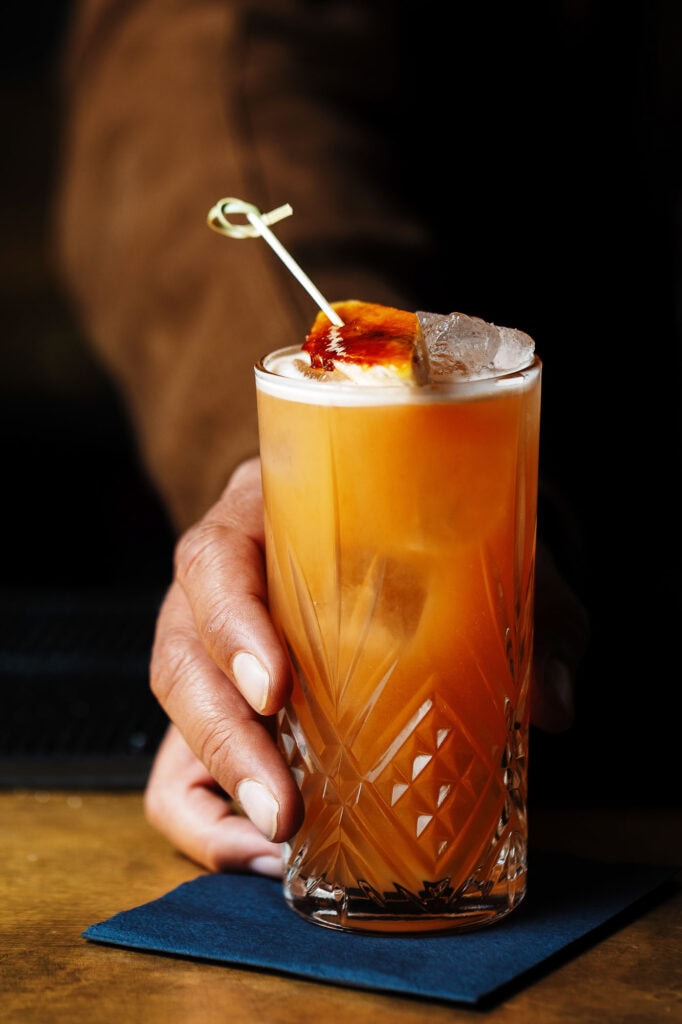Why AI Food Photography Will Never Replace a Commercial Photographer
Every week, we see another headline: “AI is replacing creative jobs.” If you’re running a food brand, restaurant, or marketing agency, the promise of cheap, instant imagery generated by AI food photography is understandably tempting. It looks good in a mood board, it’s fast, and the price is hard to ignore.
But let’s be honest: your brand is built on trust, taste, and authenticity. Your customers need to believe that the food they are ordering is real. While AI is a powerful tool for creating concepts, the moment you move from concept to commercial results, the limitations become a massive problem.
I’m going to break down seven non-negotiable reasons why the human expertise of a commercial food photographer—from understanding texture and light to ensuring legal compliance—is the one investment AI can’t replace.
Jump to the list.
*** Disclaimer *** There are two AI-generated images on this page. If you can’t tell which ones they are, we need to have a chat about your photography needs.
AI Food Photography: What It Is and Why It Matters for Your Business
Let’s start with a quick introduction. AI food photography refers to images created entirely by text prompts—no cameras, no lighting, and no styling. It’s fast, and on the surface, it looks revolutionary. However, the reason it matters for your business is the risk: understanding the line between the AI’s speed and a professional photographer’s guaranteed commercial quality is the key to protecting your brand’s bottom line.
AI food photography would struggle to create the consistency of these images. The lighting, colour balance and style. Authentic Food Photographer Portfolio
Acknowledging the AI Hype: What AI food photography Does Well
I’m not here to say AI is useless.
Where generative AI genuinely shines is in the very early stages of a project: rapid visualisation and mood boarding. An AI prompt can give you ten different colour palettes or lighting concepts in minutes, saving significant time in the planning phase. It’s a great initial sketch artist.
However, that’s where the utility ends. The moment your project moves from an idea to a physical product that needs to sell, you have to move past the hype and invest in reality.
The Seven Non-Negotiables: Where AI Fails Commercially
The difference between a compelling image and a convincing image lies in human expertise. AI can mimic art, but it cannot deliver the commercial necessities of a successful shoot.
Here are the seven critical areas where generative AI consistently fails and why your brand cannot afford to compromise:
Authenticity and the Trust Economy
Your customers are smarter than ever, and they can spot a fake a mile away. Generative AI struggles to capture the subtle imperfections, genuine steam, or real human touch that signals authenticity. Your brand is built on trust; using ‘fake’ images for actual food items risks making your customers feel misled, instantly eroding the faith you’ve worked hard to build.

Legal and Regulatory Compliance
This is a huge risk. If you use AI to create a visual of a dish, who owns the image rights? More importantly, if that image is used in an advertisement, it must legally and accurately represent the product. An AI cannot guarantee compliance with specific advertising standards—only a human with a clear brief and legal ownership of the final file can protect your business from costly liability.
“The greatest risk of generative AI in marketing is not the loss of jobs, but the loss of consumer trust. If consumers perceive the visuals as fake, the whole campaign fails.”
Technical Reality and Texture
AI can render a beautiful idea of a texture, but it completely fails at technical reality. Try asking AI for the reflection highlights on a perfect sauce, the specific crumble of a pastry, or the subtle char on a grilled steak. A commercial photographer expertly controls light and focus to make your food genuinely irresistible, ensuring every detail makes people want to eat your food, in a way AI just makes look ‘off.’
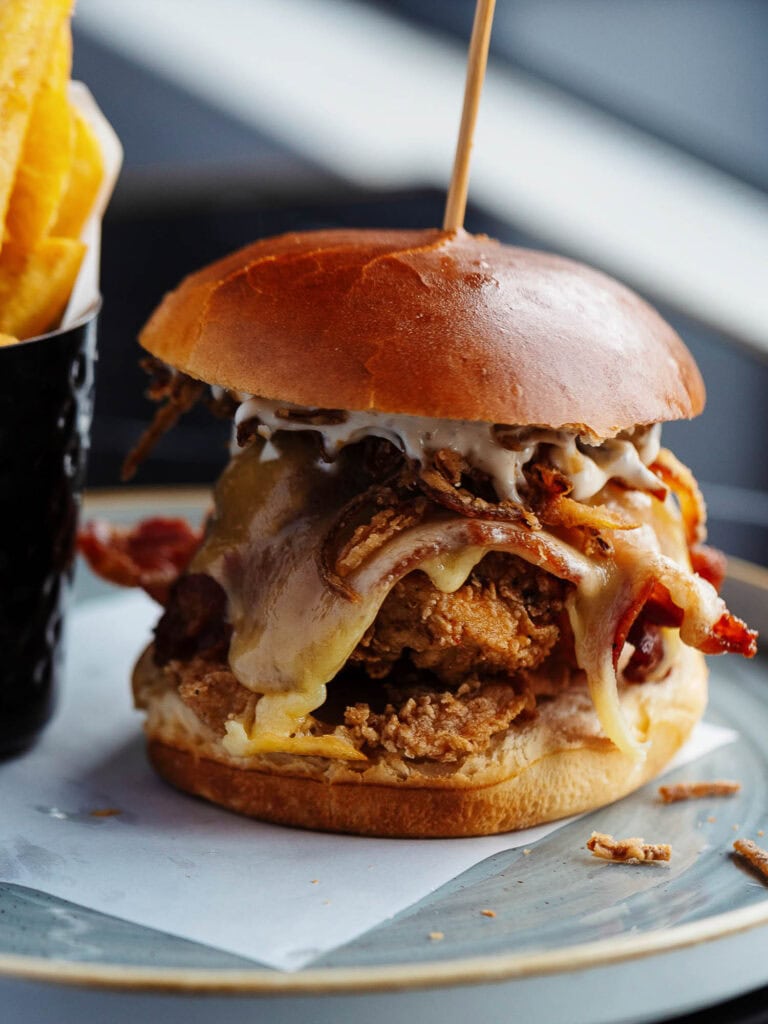
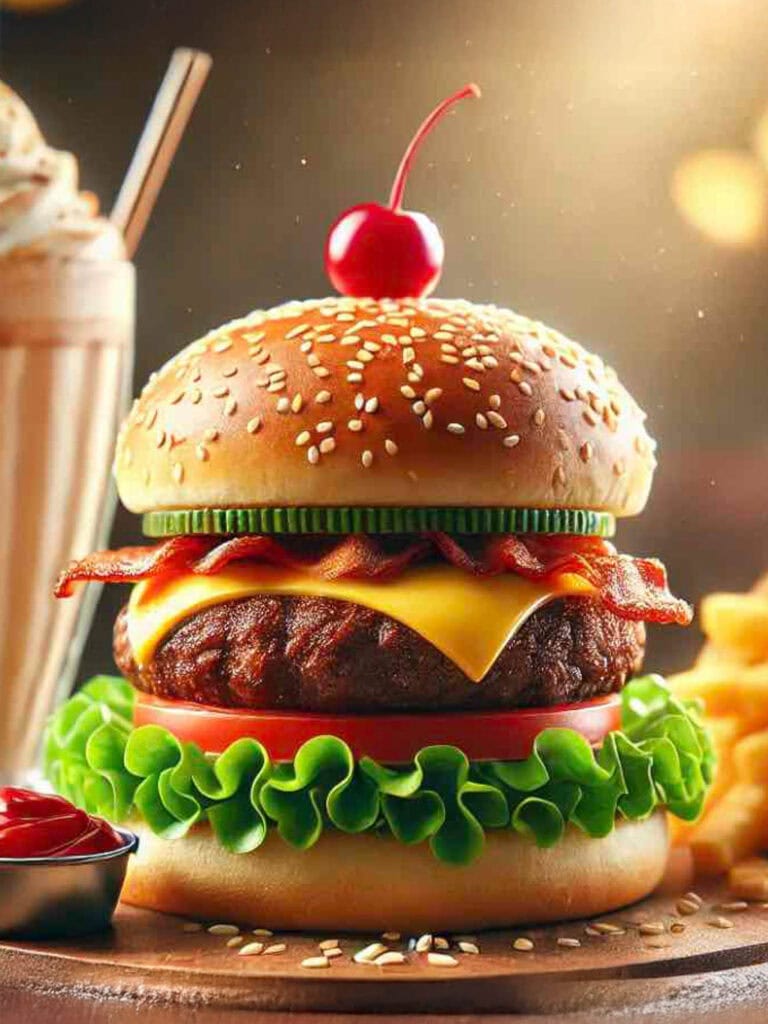
AI cannot deliver real texture.
Solving Problems in Real-Time
Shoots rarely go perfectly! A dish might sag, a label might peel, or the light might suddenly change. When a problem arises—which it always does—you need a human eye on set to solve it instantly, using advanced lighting, styling, or composition techniques. You can’t pause the shoot and wait for an AI model to update; you need a professional who can deliver a perfect result on the spot.
Brand Strategy and Direction
Great food photography isn’t just about the food; it’s about telling a story that fits your brand. AI can’t read your brand desires, it doesn’t understand your target demographic’s culture, and it can’t capture the unique mood you need. A professional photographer is someone who translates your entire brand identity—the mood, the colour, the feeling—into a set of perfectly tailored visuals.
Workflow Consistency and Data Retention
If your menu changes next month, you need new shots that perfectly match the originals (lighting, colour, and angle). AI food photography struggles to consistently replicate things like this across large batches or over time. A professional photographer maintains a streamlined workflow, uses consistent colour profiling, and is much easier to give feedback to!
The Human Touch and Art Direction
Ultimately, photography is an art. It relies on the subtle, intuitive decisions a human makes about composition, plating, and light that evoke genuine desire. A professional brings taste, expertise, and a unique creative vision honed over years—the very thing that makes your images stand out and capture the client’s attention, leading directly to a sale.
Quick Answers to Your Questions | AI Food Photography
Real food photography captures texture and lighting AI still can’t replicate.
Protecting Your Brand: The Real Cost of ‘Free’ AI Food Photography Images
When an image fails to deliver authenticity or misrepresents your product, the cost isn’t zero—it’s measured in lost customer confidence. Using so-called “free” AI food photography means risking damaging your brand’s reputation for quality. Invest in a commercial photographer to ensure your visuals are legally sound, trustworthy, and ultimately, profitable.
Professional vs AI food photography
By choosing a professional food photographer, you are not simply paying for images; you are investing in crucial legal compliance, absolute consistency, and the human expertise required to genuinely trigger a reaction in your customer.
It’s the essential difference between an image that looks good and an image that sells.

